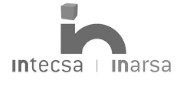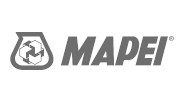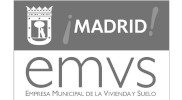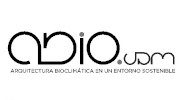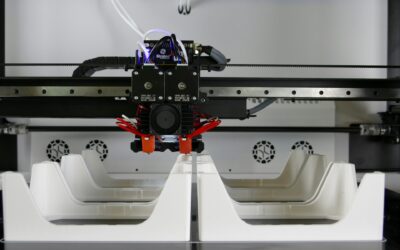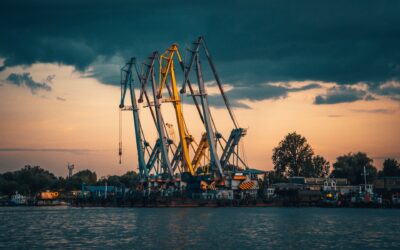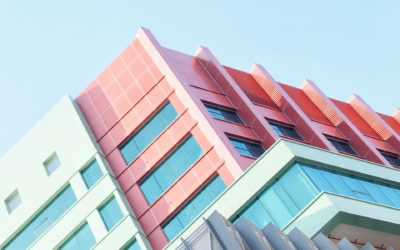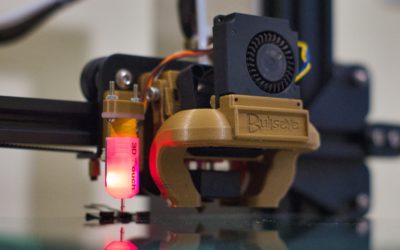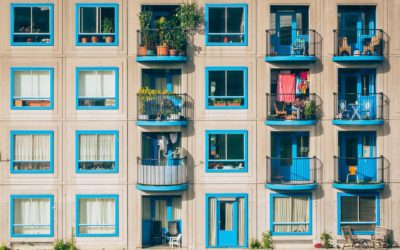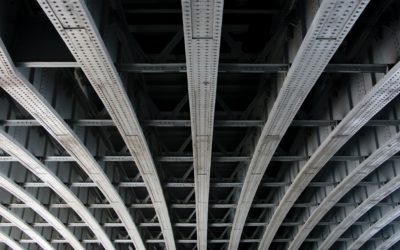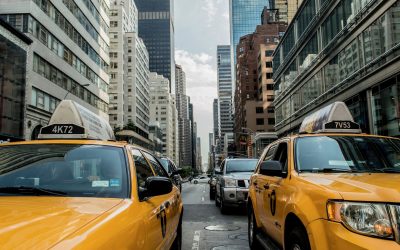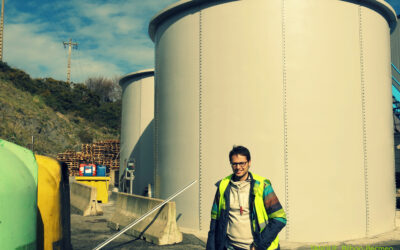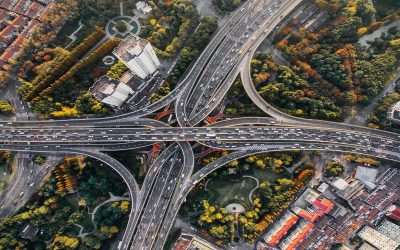cartif projects
SHERIFF
Tools to optimize the energy rehabilitation of buildings
Description
The SHERIFF Project (Hybrid and Economical System of Flexible Integral Rehabilitation of Façades) developed new tools to optimize the energy rehabilitation of a building.
First the energy performance of the existing façade was evaluated, then the SATE-based systems and processes were optimised and finally the energy savings obtained were quantified to guarantee energy efficiency after the renovation (with a reduced return on investment period).
CARTIF focused on the development of new design tools based on 3D laser measurement systems and automatically generating the facade’s panel layout (pattern) and the sizing of the shading elements according to the position and orientation of the building.
Objectives
- Rapid and systematic evaluation of the state of the façade and analysis of its energy behaviour.
- Design methodology of the new façade assisted by new technologies and tools.
- Development of constructive façade solutions characterized by their energy efficiency, profitability, durability, low installation cost and allow future implementations / reproducibility.
- A set of construction processes that increase efficiency and performance during the execution phase.
Actions
- Application of 3D laser measurement systems, parameter analysis and simulation techniques for evaluation of the building facade.
- Processing of the data collected in the 3D laser measurement to serve as a starting point for the computer-aided design process.
- Optimisation of the SATE system: fixing elements and finishing materials.
- Reduction of the necessary assembly steps thanks to the industrialised manufacture of multilayer components.
Expected results
- An increase in the demand for and rate of rehabilitation work on the façades of buildings.
- New design tools for rehabilitation with outside insulation panels.
- Facade construction solutions characterised by their energy efficiency and profitability.
- New fixing elements and outside insulation panels with low installation cost and high durability.
- Reduction of the necessary assembly steps thanks to the industrialised manufacture of multi-layer components.
Partners
Please accept cookies to access this content
Networking
Infrastructure and communication project:
DIAMETER
In the DIAMETER project, the physical-experimental results of the 3D metal additive manufacturing processes will be contrasted with computational simulations, with the aim of predicting the behaviour of the parts under different modifications of the process.
CLEANPORTS
CARTIF Projects CLEANPORTSResearch of intelligent and sustainable nay solutions for the automation of logistics and advanced intermodal processes from por to last mile.DescriptionThe main objective of the project is to improve logistics processes for the complete...
INPERSO
INPERSO is a holistic project of deep renovation of buildings that address all its life cycle and combines industrialization and customization. INPERSO will integrate new technological components that joint with pre-manufacturing advantages, preintegration and 3D printing robotic will reduce drastically time and costs of the construction.
SESAMO
Design, configure, programme and adapt a system that facilitates and assists the user in their relationship with the cabinet doors.
Portable 3DPrinter
Portable 3D printer looks for the innovation in construction processes promoting the industrialization and customization of construction that 3D printing technologies provide.
Metabuilding Labs
To reach the COP21 goal of nearly-zero energy, zero emission buildings MBLabs Labs strives to unleash the innovation potential of the SMEs of the Construction sector by lowering the entry barriers to test innovative solutions in a network of testing facilities in RTOs and Living Labs in 13 countries
I-NERGY
The main objective of I-NERGY is to deliver an energy specific open modular frameork for supporting AI-on-demand in the energy sector.
I-NERGY contributes significantly to achieve a techno-economic optimal mangement of the EPES (Electric Power & Energy Services)
LIFE HUELLAS
LIFE-HUELLAS project looks for the enviroonmntal assessment of the life cycle of the rail transport to correctly assess its environmneta impact.
SORTI
The objective of the SORTI project is to develop optical systems based tools and new technologies to properly identifying, monitoring and managing of structural risks in buildings.
REZBUILD
The main objective of the REZBUILD project is to create a collaborative rehabilitation ecosystem, integrating innovative technologies, and focusing on the existing housing stock. The aim is to increase the annual rate of building renovation from the current 1% to try to reach 2.5%.
REPARA 2.0
REPARA 2.0 aims to develop new technologies and methodologies that support infrastructure management and allow the rehabilitation and conservation of any type of road at a lower economic and environmental cost.
SALUS
SALUS project appears due to the lack of techniques able to detect geomembrane damages before these cause the rupture, and therefore, the environmental pollution
WTANK
development of a new tank of more than 2000m3 by means of a new production process called ‘flex moulding’ and materialised with fibreglass reinforced polymeric composite panels (FRP) for application in the wastewater treatment sector.
REHABCAR
El proyecto REHABCAR (REHABilitación de CARreteras y autopistas) desarrolló nuevas herramientas para la transformación de las carreteras y autovías existentes en infraestructuras económicamente sostenibles y de alta calidad para prolongar su vida útil y adaptarlas a las nuevas necesidades del tráfico.

